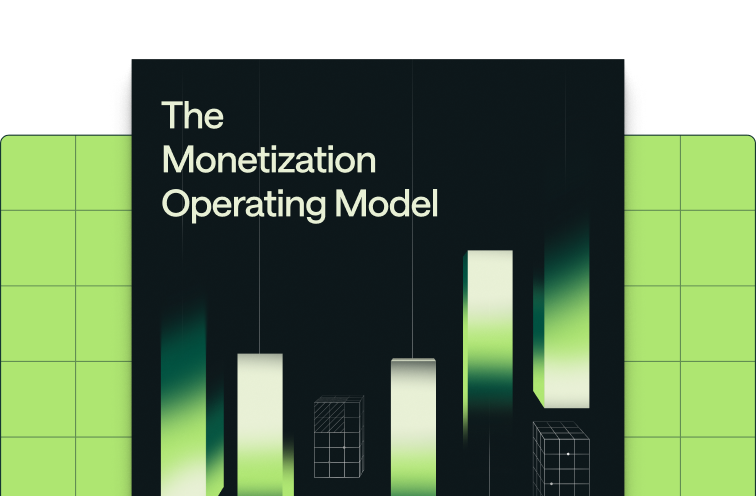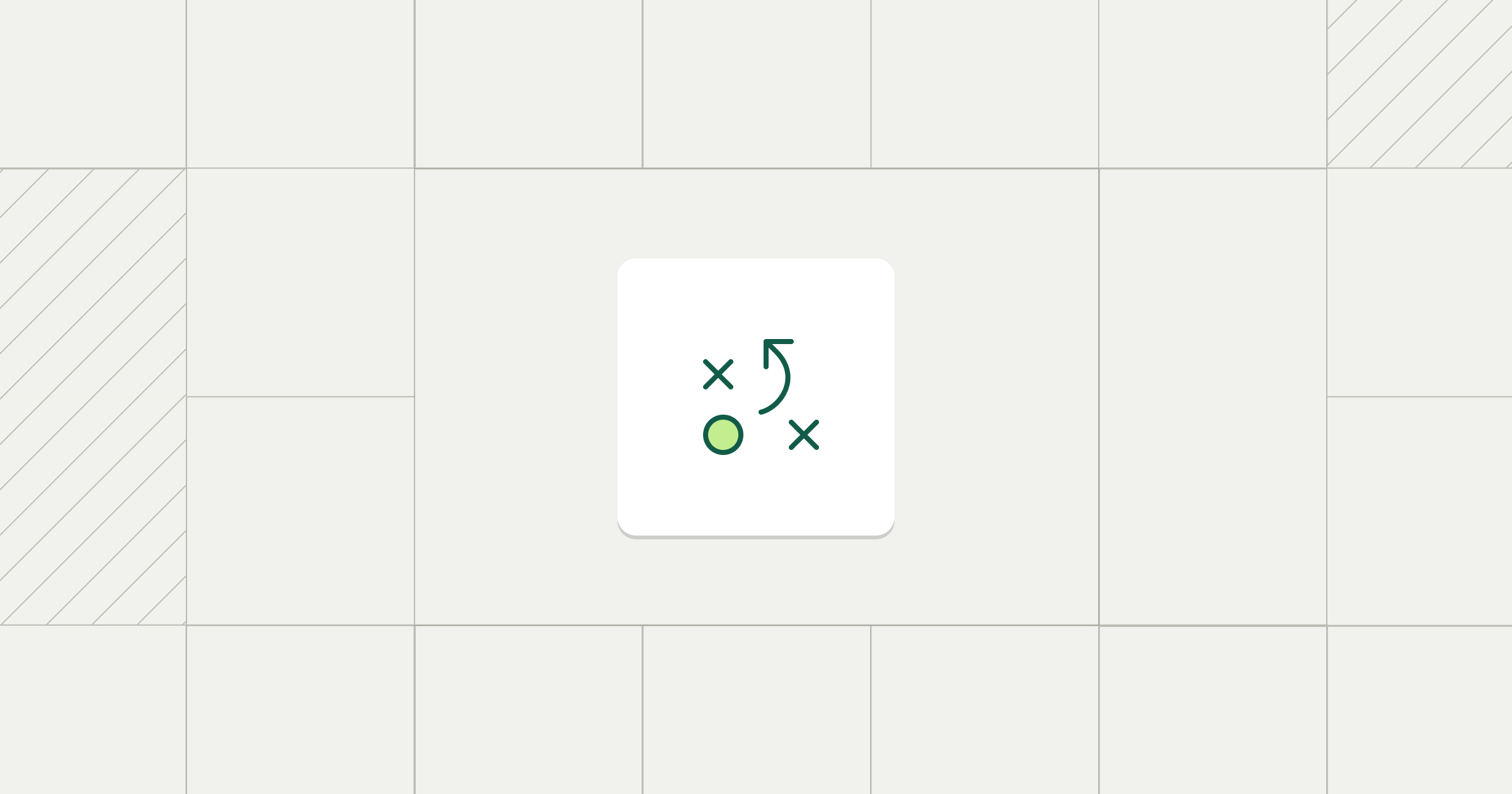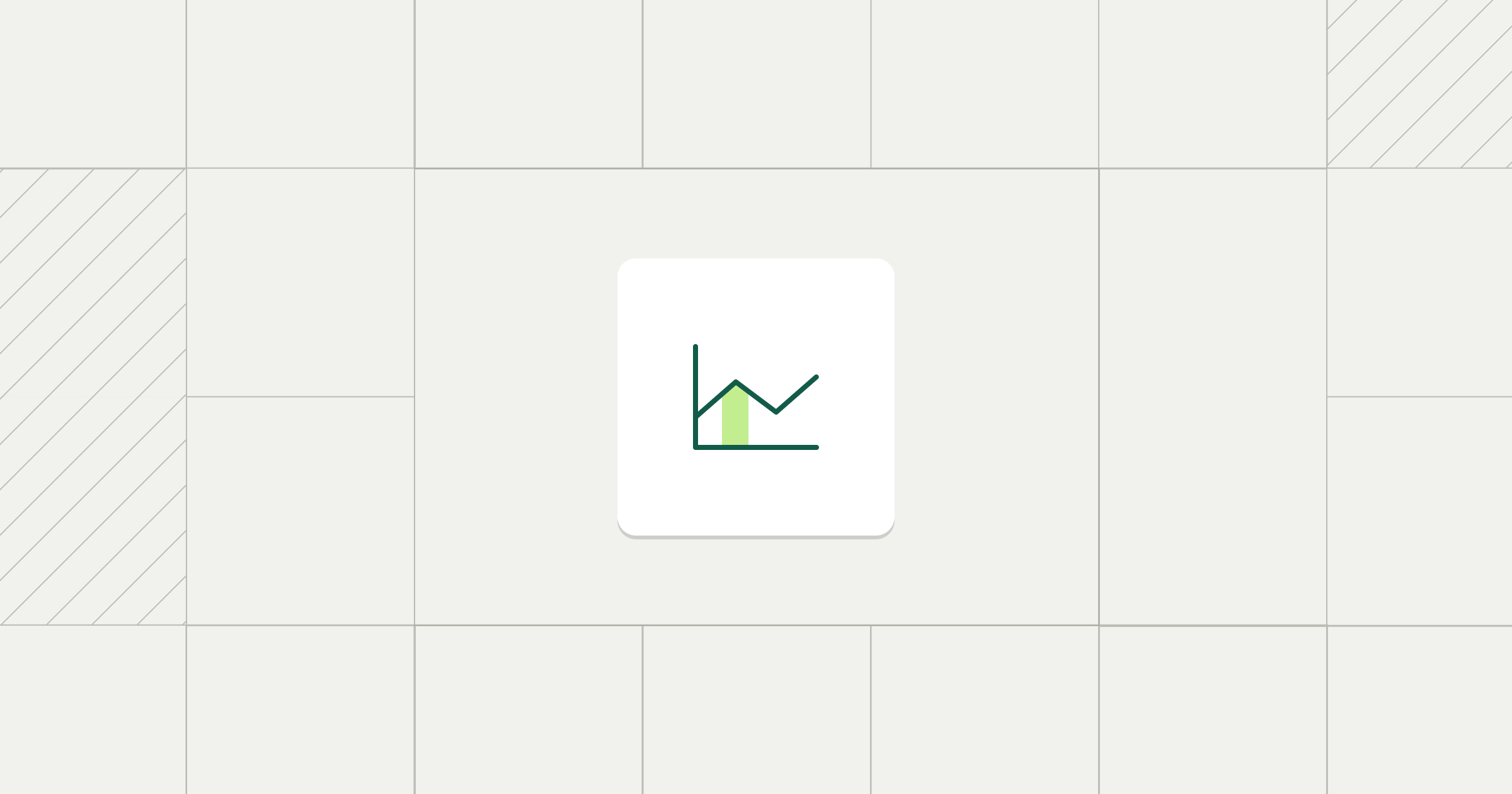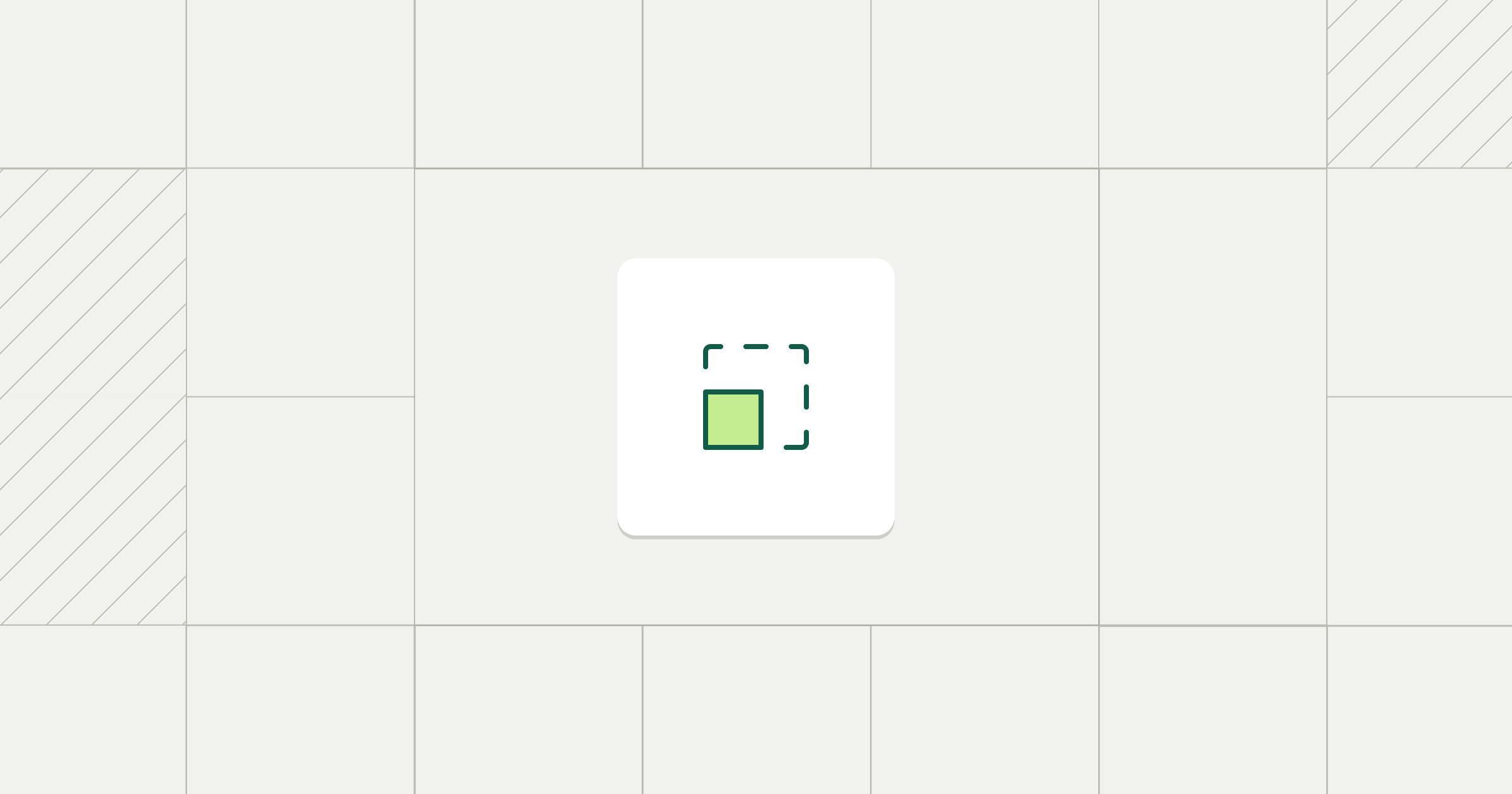Share
A lot has been cooking at Metronome the past few months, and we’re excited to share a taste of what we have been working on! This changelog includes the ability to void invoices via the API, new alerts functionality, credit grant improvements, and more.
What’s New
API Investments
Void invoice API
Programmatically void a finalized invoice via the API. This functionality is useful if you have mis-billed a customer or need to adjust and re-generate an invoice that has already been finalized. See API docs here.
SDKs
We have published beta versions of SDKs in Go, Python, and TypeScript to provide a smoother developer experience for the Metronome APIs.
Usage threshold reached alerts are now evaluated in real-time
This alert type sets a threshold for a specific billable metric and labels a customer as 'in_alarm' if the customer's usage for their current billing period (or previous billing period if events are received during the grace period) reaches or goes above your set threshold. This alert type is now measured throughout the day, so you will be alerted as soon as a billable metric passes the threshold. See docs here.
Invoice total reached alert
This alert type sets a threshold for an invoice total and sends a notification if any of the customer's active invoices reaches or exceeds the configured threshold. Note that the invoice total used is the net total after any credits or other adjustments have been applied. This alert can also be configured to filter specific invoice types - for example, it can be set to only alert on usage invoices. See docs here.
Business model support
Automatic mid-month seat purchase invoices
We've expanded our seat-based billing functionality. Now, when end-customers add new seats mid-period, you can opt-in to have prorated seat purchase invoices generate automatically. Every hour, Metronome assesses the latest seat usage for each customer with an active seat plan and compares it to the number of seats already billed for the period. If the current usage is higher, Metronome automatically generates a prorated seat purchase invoice. See docs here. If you are interested in turning on this functionality, reach out to your Metronome representative.
Cross-invoice tiering
Usage can now be tiered beyond the invoicing period. Clients can configure how often the tier count should reset, providing the flexibility to tier usage over multiple billing periods.This update allows you to set a new 'tier_reset_frequency' value when modeling a usage-based tiered charge on a plan. If set to 0, the tier count does not reset for the duration of the customer plan. If set to any any positive integer value X, the tier count will reset every X billing period. See docs here.


Credit grant rollovers
Configure rollovers on new or existing credit grants. If the credit grant expires, all or a portion of the remaining credit grant balance will roll over into a new credit grant. See API docs here. If you are interested in this functionality, reach out to your Metronome representative.
Backdate credit grants
Credit grants can now be backdated in the UI. This functionality is useful when, for example, you may have mis-billed in a prior month or need to give a customer a credit applicable to a previous month's bill. Using this functionality, you can create a credit grant backdated to that prior month and then void and regenerate that month’s invoice, allowing the invoice to draw down from that new backdated credit. If you are interested in this functionality, reach out to your Metronome representative.
UI Update
Alert status visible on the customer’s alerts page
The state of an alert ('evaluating', 'ok', or 'in_alarm') can be viewed on the customer’s alerts page in the UI.

Data export improvements
New 'customer_plan' table in data export
This table includes individual customers' plan information, including fields like 'created_at', 'starting_on', 'ending_before', and 'custom_fields' which facilitates downstream reconciliation and analysis workflows. See docs here.
Get in touch
Enjoying our changelog? Have feedback on how we can improve it? We’d love to hear from you! To learn more about these features, get in touch with us here or reach out to your Metronome representative.











